The 325th Fighter Wing may be nearing a breaking point as it approaches its third year in limbo after Hurricane Michael tore through Tyndall Air Force Base, Florida, in October 2018.
Stress on the airmen who relocated to nearby Eglin AFB, two hours across the Florida Panhandle, is burning out the maintenance force that handles one of the nation’s premier fighter jets, three current and former airmen told Air Force Times.
They worry that short staffing, a waning work ethic attributable to the unit’s uncertain future, and inadequate resources could be jeopardizing the lives of the F-22 Raptor pilots the maintainers work with, and may cause problems across the entire F-22 enterprise.
“I think the Air Force always knew the … hurricane would have a multi-year impact on the F-22 community, and it has,” a former high-ranking Air Force official told Air Force Times.
Then-Air Force Secretary Heather Wilson chose to temporarily relocate the 325th Fighter Wing — which includes the service’s only F-22 training unit — to Eglin to avoid a dip in Raptor pilot production while the F-22 force was already stretched thin. The wing was expected to permanently move to Joint Base Langley-Eustis, Virginia, sometime later.
Their stay at Eglin has lasted much longer than some airmen anticipated, tanking morale and presenting financial issues like spending extra money to indefinitely rent a home in an in-demand market rather than buy property.
“We’re already running a skeleton crew here to try to keep jets flying,” one noncommissioned officer told Air Force Times. “Then the pandemic happens and you drop down to a very bare-bones skeleton crew, one week on, one week off. Everybody’s holding onto that idea that we’re only going to be here for another six months.”
“It keeps going,” they said. “There’s no light at the end of the tunnel.”
Rising mishaps draw scrutiny
Nearly half of the nine Class A and B F-22 mishaps in fiscal 2020 occurred at the 325th Fighter Wing, including one that destroyed a fighter jet. Since fiscal 2018, Raptors across the service have seen at least 16 Class A accidents — one more than the 15 that occurred over the 18 years prior, according to Air Force Safety Center data.
Class A mishaps cost at least $2 million, involve a destroyed aircraft or cause death or permanent and total disability. Class B mishaps are those that cost between $500,000 and $2 million, lead to a permanent, partial disability, or cause inpatient hospitalization of at least three people.
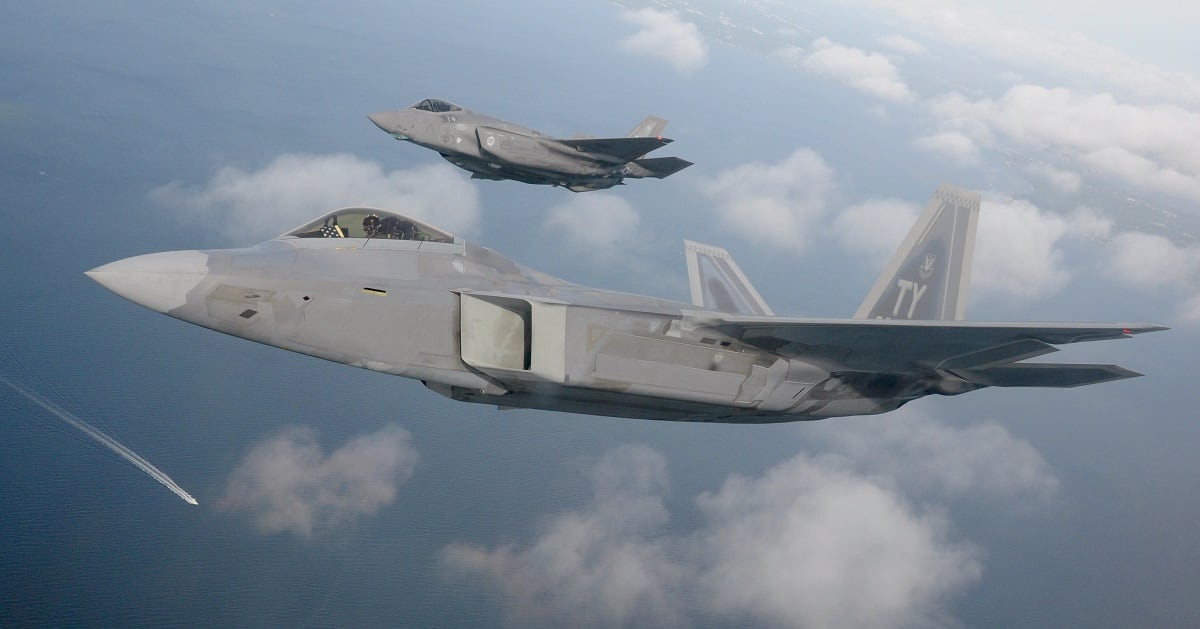
RELATED
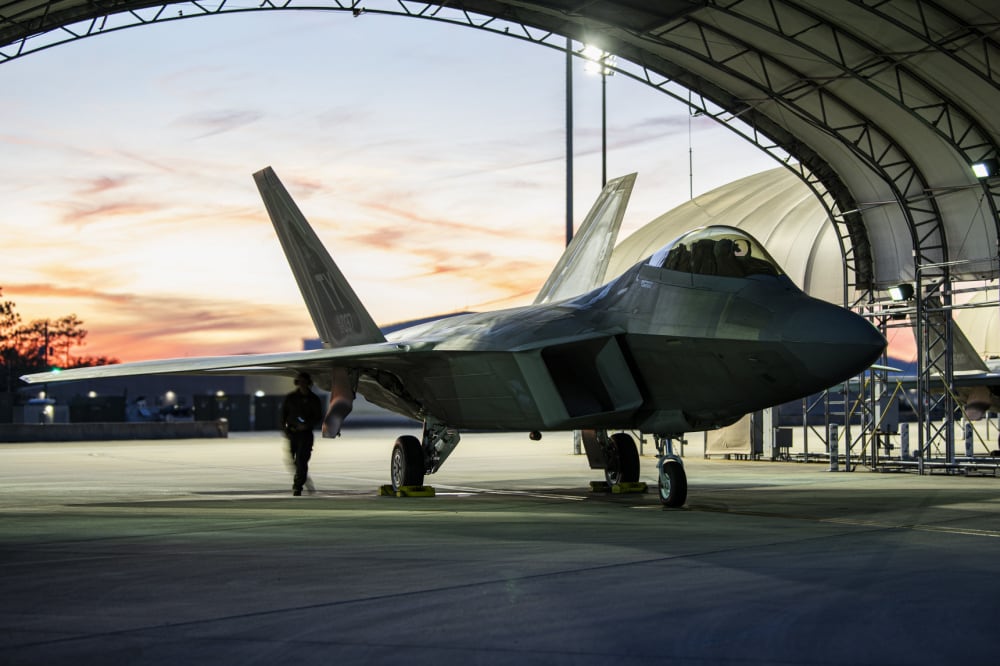
The 325th’s fleet has faced more scrutiny after a jet landed nose-down on the Eglin runway in March, airmen said. A subsequent inspection of the Raptors at Eglin, and 10 percent of the fighters at other F-22 bases, found that at least one in five jets in the total F-22 inventory had an incorrectly rigged landing gear, according to an Air Combat Command spokesperson.
Thirty-seven F-22s were re-rigged because of that inspection. The F-22 program office is still looking at potential causes of the faulty setup, ACC said, and hasn’t decided whether it needs to take another look at the jets.
It’s unclear whether configuring the landing gear in a way other than specified in the instruction manual stopped it from deploying, or if airmen rigged them differently to solve a problem caused by doing it the manual’s way.
The service owns 186 Lockheed Martin-built F-22s, according to its fiscal 2022 budget documents. The Air Force did not answer how many of those belong to the 325th Fighter Wing at Eglin by publication time, though Tyndall hosted 55 Raptors before the storm.
Just over 50 percent of the F-22 fleet was mission-ready in fiscal 2020 — essentially the same as the previous year, Air Force Magazine recently reported.
An ACC spokesperson said it’s too early to discuss whether burnout, deferred maintenance and less-experienced mechanics might have contributed to the recent uptick in jet issues. The safety investigation into the March incident is still underway; a separate report on a May 2020 F-22 crash at Eglin hasn’t been released yet, either.
The 325th Maintenance Group has shrunk by nearly half in the past few years, from about 1,200 personnel before the hurricane hit to around 700 now, according to Col. Greg Moseley, commander of the 325th Fighter Wing.
He attributed that drop to several factors: “maintenance operations split between Eglin and Tyndall Air Force Bases; a decrease in the number of aircraft assigned to the 325th following the storm; the 95th Fighter Squadron and its associated aircraft no longer being part of the wing; a decrease in low-observable maintenance facilities; and some of the associated ancillary maintenance support already embedded in the 96th Test Wing, which is the host wing at Eglin.”
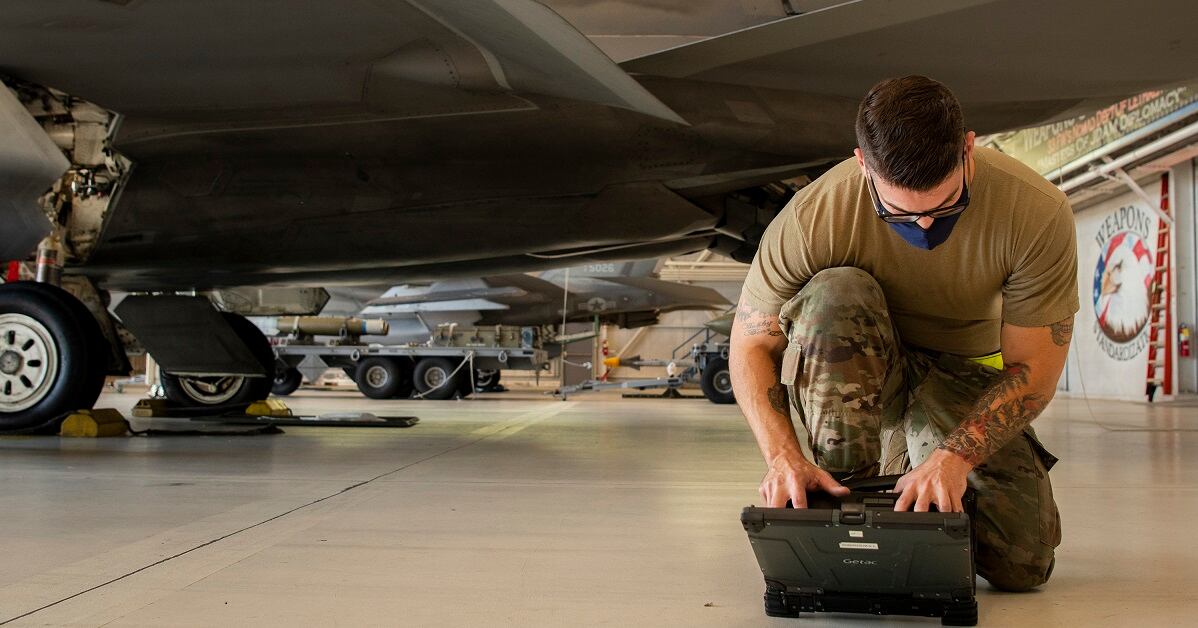
The workforce’s pipeline has largely frozen since the Category 5 hurricane struck.
Carl Balser, a retired master sergeant who left the 325th in February 2020, told Air Force Times that airmen are retiring or separating because the service has blocked them from transferring to the other F-22 locations at Langley-Eustis; Joint Base Pearl Harbor-Hickam, Hawaii; and Joint Base Elmendorf-Richardson, Alaska.
Airmen in certain fields, like experts on the jet’s stealth technology or other aspects unique to the most advanced fighters, are limited to the few platforms that share those features — shrinking their ability to transfer bases. And when maintainers in the 325th retire, opt to retrain for another platform, or take another specialized assignment, new airmen typically don’t arrive to fill those jobs.
The former Air Force official noted that it’s typical for the service to stop transferring people into a unit that’s expected to move soon.
When asked about manning concerns, Moseley said staffing in the maintenance group is above the Air Force average. It’s also higher than 100 percent in certain specialties, so the unit hasn’t moved to backfill the positions.
“There are some specific skill levels in a small handful of specialties, such as weapons crew chiefs, where we’re well below the Air Force average, but those have been balanced by overages elsewhere,” he said. “We may have some specialties where we don’t have any entry-level airmen, but we’re 200 percent manned for that same specialty for higher skill levels. In those instances, we’ve been covering the gaps with the more experienced maintainers.”
But the numbers aren’t always what they seem, the NCO said. The Air Force can list an airman as part of one unit, but assign them to a different one that needs a hand without changing the data.
Now, the wing says it is working on a plan to fill vacancies where needed. The NCO said that an all-hands meeting May 12 was the first time they’d heard such a plan mentioned since Hurricane Michael hit.
Raptors face complex set of issues
Another situation is complicating matters at Eglin. Over the past several years, the Air Force has clawed its way out of a 4,000-person shortage of maintainers and closed the gap in its active-duty units. Fixing the shortfall, however, means the service now has plenty of green airmen who must put in the time to get the experience a well-trained force needs.
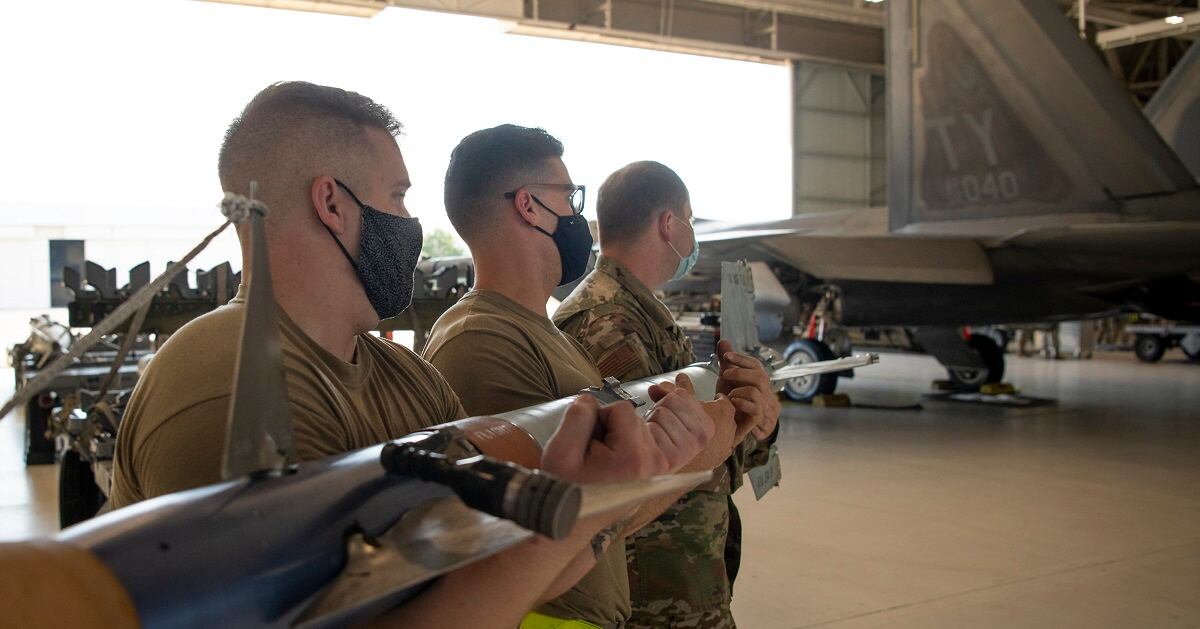
Sen. Jerry Moran, R-Kansas, questioned Air Force Chief of Staff Gen. Charles “CQ” Brown about maintenance manning shortfalls at a June 8 Senate Appropriations defense subcommittee hearing. Brown said he is “pretty proud” of rebuilding a full maintainer workforce and said the service is making progress toward retaining more airmen.
“We are fully manned on our maintenance, but we’re also building their experience,” Brown said, adding: “How do we work smarter, not harder?”
The NCO who spoke to Air Force Times argued the 325th isn’t a good place to send a maintainer straight out of technical school, because experienced airmen who are trying to cover for the dwindling number of more senior personnel have to spend time training them instead.
The NCO said they have had to teach newer maintainers, including those in a different specialty, processes that the younger airmen didn’t know they should have learned.
“Trainers … may feel they don’t have enough time to train the younger airmen to the best of their abilities because they’re feeling rushed, and then the airmen aren’t getting the classes they should be getting,” added a senior noncommissioned officer who also spoke to Air Force Times.
Moseley, the wing commander, told Air Force Times the 325th is “not conducting any less training” and “continues to train our maintainers to the highest standard.”
Other factors play into the 325th’s atypical maintenance situation as well.
Balser, the retired airman, estimated that F-22 maintainers at Eglin are missing 20 to 30 percent of the equipment they need to service the jets. The rest was either ruined by the hurricane, stayed back at Tyndall, or was scrapped because they weren’t supposed to stay in Florida long-term.
Sharing space with the F-35A Lightning II enterprise at Eglin can also be tricky. Balser said the F-35s take precedence over the F-22s at the base, so those working on the Raptors don’t always have enough room to accomplish their tasks and spend extra time hauling their equipment to available space in and out of hangars.
The senior NCO, who is still in uniform, said staying at a base not meant to support the F-22 wastes time and money because the maintainers aren’t able to fix components like engines at Eglin. Instead, they have to wait for Langley to ship them spare engines.
Other jets have to fly back to Tyndall for certain maintenance, or airmen have to make the drive to pick up tools and bring them over to Eglin, the senior NCO said.

In some cases, the crews felt they could defer some upkeep until their short-term posting was done.
“This step here or a step there might be overlooked, because we’re only going to be here for so long. … It would be put off,” the NCO said. “Now, it’s all starting to catch up.”
Moseley contends his wing is not “deferring maintenance beyond what is typical across the F-22 enterprise.”
However, the former Air Force official said faulty maintenance has contributed to the jets’ recent problems, including at least one crash.
“You can certainly always make an argument that, ‘Hey, we’re overstressed and we’re trying to do too much,’ but you can also make the argument that nobody told you to do more than you could, and if you’re cutting corners to do it wrong, you’re wrong,” the official said.
RELATED
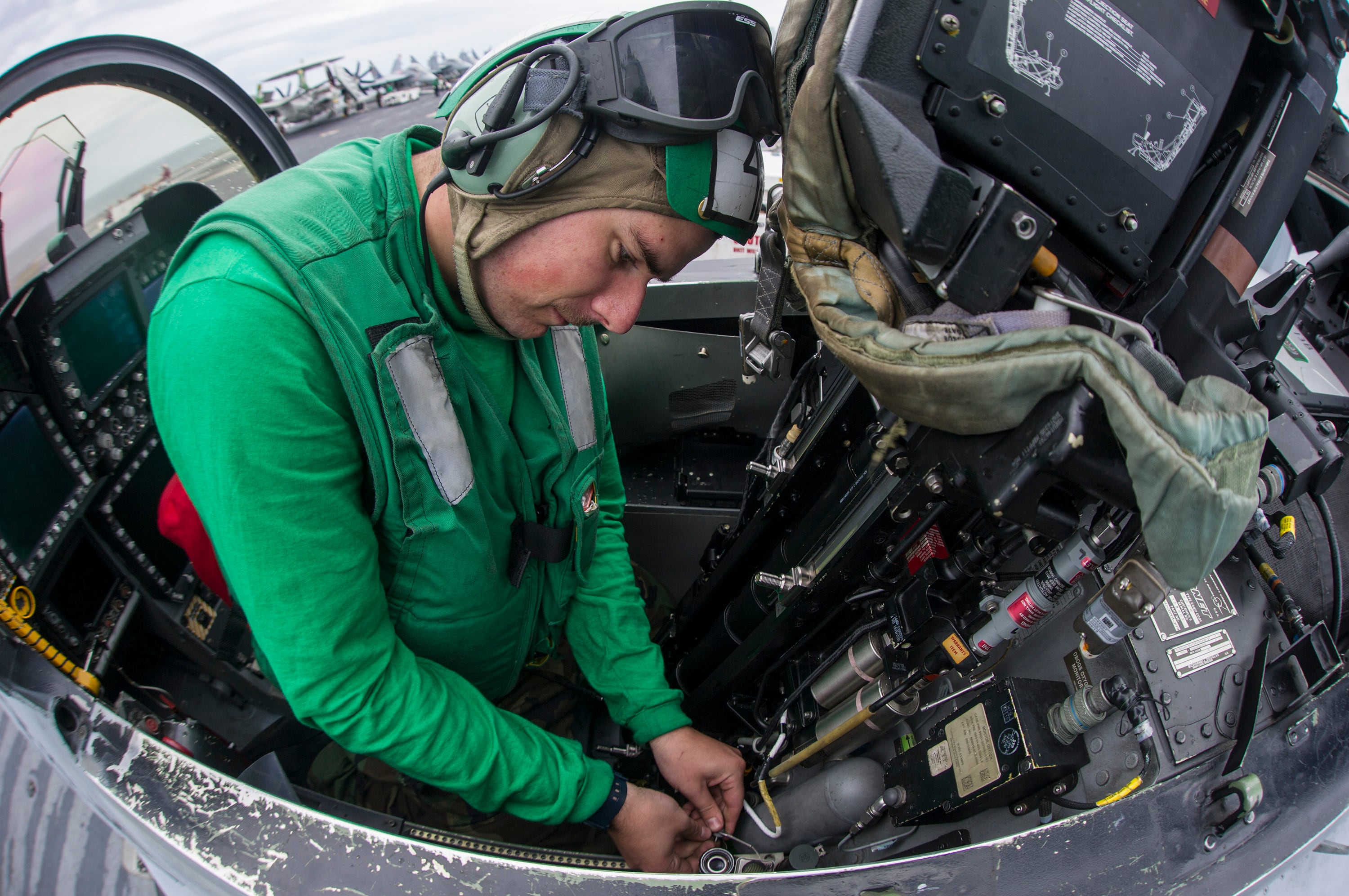
Move to Langley on hold
Eglin’s F-22s were slated to move to their permanent home in Virginia in April, according to the former Air Force official. Airmen with orders to go sold their homes in anticipation of the change, leaving them in the lurch when those orders were canceled because Langley wasn’t ready, people with the 325th said.
Lack of facilities funding has slowed the process, they said. The environmental assessment needed for the Air Force to sign off on the move uncovered issues that need to be resolved before the training wing can transfer north.
“Nobody ever dug a hole on an Air Force base and said, ‘It looks a whole lot better under here than we thought it would,’ ” the former official said.
Air Combat Command declined to answer questions about the status of the decision to move to Langley or the environmental study.
“The Air Force has not announced a record of decision yet for the F-22 FTU [Formal Training Unit] Environmental Impact Statement,” a spokesperson said. “The F-22 and its follow-on modernization are a significant part of the ongoing [tactical aircraft] study. For now, F-22 training will remain in Florida while the Air Force completes the study and analysis.”
The service is reviewing options for which aircraft will be part of its future combat inventory — but the F-22 isn’t expected to be one of them.
“By about the 2030 timeframe, you’re talking about a 40-year-old platform, and it’s just not going to be the right tool for the job, especially when we’re talking about defending our friends like Taiwan and Japan and the Philippines against a Chinese threat that grows and grows,” Lt. Gen. Clinton Hinote, the service’s deputy chief of staff for strategy, integration and requirements, said of the F-22 in May.
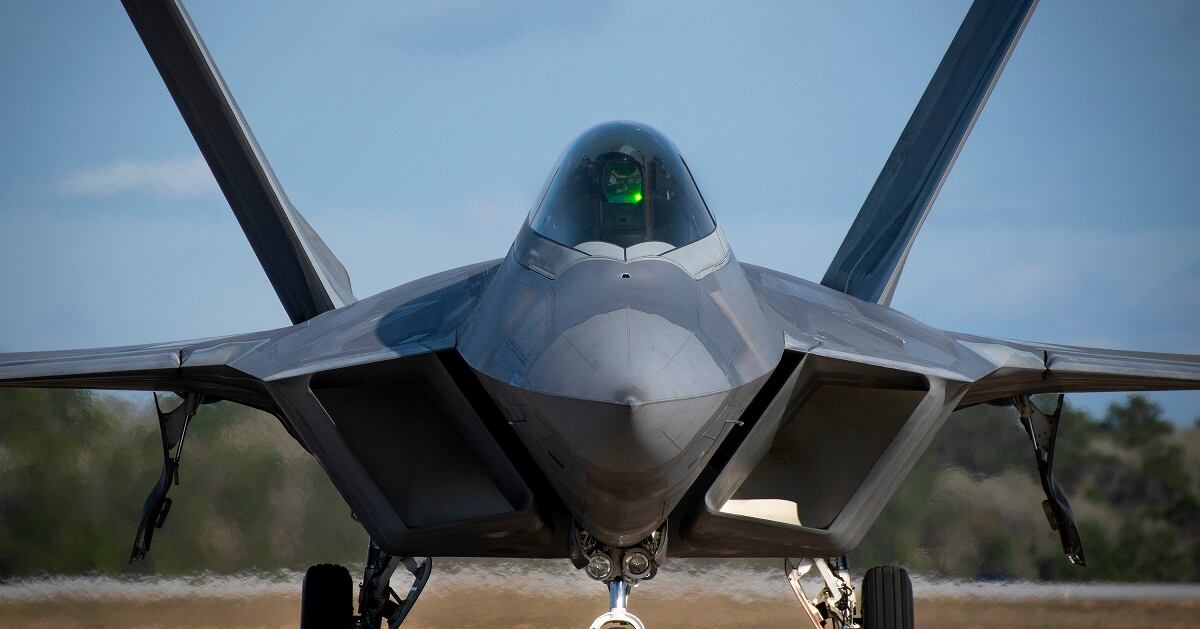
The Air Force is looking at retiring the 325th Fighter Wing’s planes as part of phasing out the F-22, the former official told Air Force Times. The two options under consideration are moving the jets to Langley before retirement, or sending the planes to the boneyard instead of heading north.
“That drives a lot of uncertainty about what’s going to happen,” the former official said. “Are they actually going to move all those people in the FTU up there? Or are they going to retire the airplanes in place and send the people somewhere else?”
Keeping the F-22s at Eglin isn’t on the table because the Air Force wants to put a second F-35 squadron at the base. That wouldn’t leave enough room for Raptor operations at a base not meant to house them.
The Air Force’s top officer could decide on a path forward as early as this month, when his fiscal 2023 budget priorities are due to the Office of the Secretary of Defense.
In the meantime, the airmen of the 325th await a definitive answer about their future, and closure on aspects of the chaotic post-hurricane years.
Chief Master Sergeant of the Air Force JoAnne Bass’s recent swing through the Florida Panhandle to visit Tyndall and Hurlburt Field — but not Eglin — illustrates their plight, they said.
“When that happened, I was like, ‘Wow, I guess we really are forgotten about,’” the NCO said. “Tyndall’s going to be the ‘base of the future.’ … Everybody goes to Tyndall now. Nobody comes and sees the people that make the mission happen.”
‘A perfect storm for the 325th’
Some people have long been trying to settle financial woes stemming from evacuation and transience after the hurricane. Airmen scrambled to find new homes, hotels, Airbnbs or other lodging following Hurricane Michael, sometimes shuffling between multiple rentals or opting to stay in a trailer in their driveway.
Service members and their families racked up as much as tens of thousands of dollars in expenses but were not always paid back in full, said the airmen who spoke to Air Force Times.
“Over the past two years, [the Air Force Installation and Mission Support Center], the 325th and the 96th TW have cleared more than 1,000 different financial transactions for the 583 airmen impacted by Hurricane Michael evacuation, [permanent change of station and temporary duty travel] actions who remained at Eglin,” Air Combat Command said.
Of those airmen, 253 people had their debts resolved thanks to an appeals ruling in July 2020. That debt came from duplicate costs that were accidentally filed in two separate finance systems, ACC said.
The remaining 330 people met with finance experts who explained the outstanding costs and how to pay them. About 250 airmen then repaid the Air Force, 71 had their debt canceled and 13 were denied but can appeal the decision, the service said.
The former Air Force official believes some people misunderstood how the travel voucher worked and paid for things outside its scope, while others flouted the rules because of the circumstances.
“They felt like … they deserved more,” the former official said.
Those struggles and dissatisfaction in the F-22 community, combined with a recovering economy that is welcoming workers back as the coronavirus pandemic subsides in the U.S., has created “a perfect storm for the 325th Wing,” the former Air Force official said.
“We knew that we were asking a lot out of those folks,” the official said. “We worked hard to try to get the Air Force to recognize that and to give them extra, and in most cases, it did.”
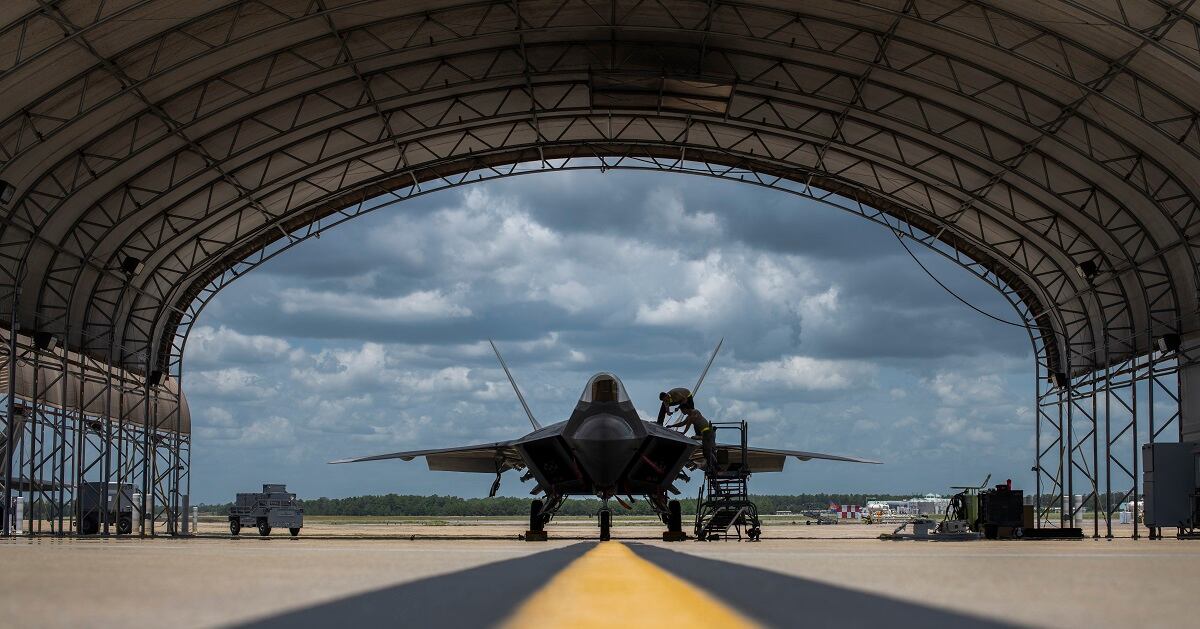
The active-duty airmen who spoke to Air Force Times were split on whether their experience has left them disillusioned enough to depart at the end of their contracts.
“I’d like to tough it out and see,” the NCO said. “The big thing is just not having a home, not feeling like you have a place.”
The senior NCO, however, is calling it quits after about two decades.
“We did what we were asked to do … and we don’t feel like we’ve been taken care of on the other end,” the SNCO said. “This will definitely be my last assignment.”
Rachel Cohen is the editor of Air Force Times. She joined the publication as its senior reporter in March 2021. Her work has appeared in the Washington Post, the Frederick News-Post (Md.), Air and Space Forces Magazine, Inside Defense, Inside Health Policy and elsewhere.





